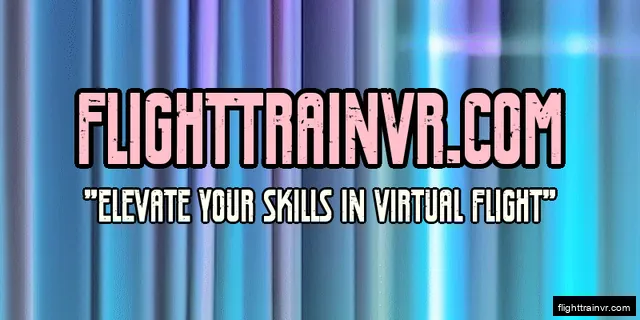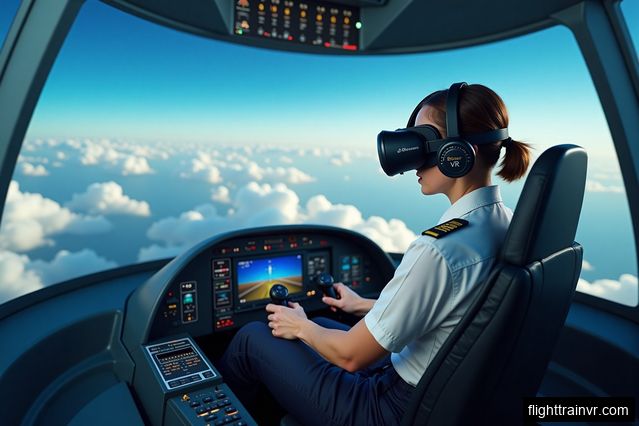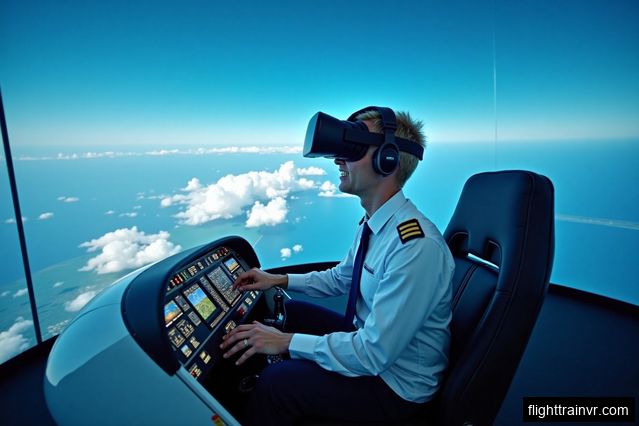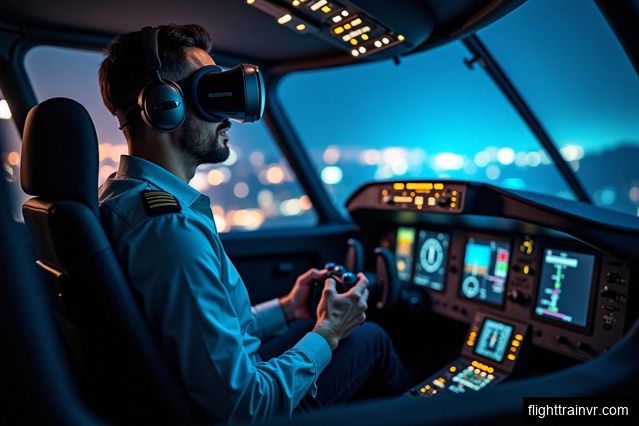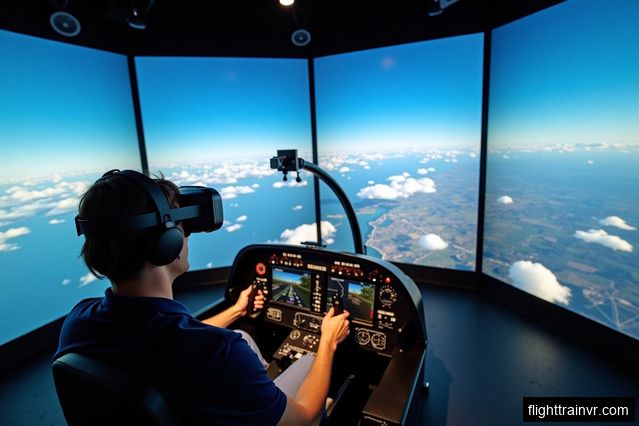Enhancing Flight Training with Virtual Reality
Flight training has traditionally relied on real aircraft and simulators to provide pilots with the necessary skills and experience. However, with the advent of virtual reality (VR) technology, a new training paradigm is emerging. VR offers an immersive and realistic experience that can enhance pilot training in numerous ways.
Realistic Simulations
Virtual reality allows pilots-in-training to experience flying in a simulated environment that closely mimics the real-world cockpit. The use of high-definition visuals, realistic sounds, and accurate physics creates an authentic experience that helps trainees develop the necessary skills and familiarity with aircraft controls.
Benefits of Virtual Reality in Flight Training
The integration of virtual reality into flight training brings several benefits to aspiring pilots.
Cost-Effective Training
Traditional flight training can be expensive, requiring access to real aircraft and simulators. Virtual reality significantly reduces costs by eliminating the need for physical equipment. Trainees can practice in virtual cockpits at a fraction of the cost, making flight training more accessible to a wider audience.
The Future of Flight Training
As virtual reality technology continues to advance, the potential for its application in flight training is vast.
Real-Time Feedback and Analysis
Virtual reality can provide real-time feedback and analysis to trainees, allowing for immediate identification and correction of errors. This enables a more efficient learning process and helps pilots-in-training develop their skills faster.
